Spectacles, Stamps, and A Fifteen-Year Friendship: The Story of Two Pen Pals and the Emil Hess, Jr. Collection of Dvořák Memorabilia
The initial correspondence between a baker and a stamp collector living worlds apart led to a lasting friendship and an immensely meaningful donation of Dvořák’s belongings to The Cleveland Orchestra.

A stamp collector and a bakery owner began an unlikely friendship shortly after the end of World War II. Otakar Dvořák, the son of the famous Antonín, lived in Bohemia (now part of the Czech Republic) at the time. As an avid stamp collector, he hoped to establish correspondence with someone in America, and advertised in a Czech magazine that he was looking for a pen pal. Mrs. Emil Hess, a Cleveland resident and bakery co-owner with her husband Emil, came upon Otakar’s ad. Having grown up in Bohemia herself, she was familiar with the work of Antonín Dvořák and was eager to begin correspondence with Otakar. She replied to the ad, and they soon began writing letters to each other.
Also at this time, Mrs. Hess was sending hundreds of packages of clothing and food to relatives and friends in Bohemia to help them get back on their feet in the wake of the war. Once in contact with Otakar, she began shipping items to the Dvořák family as well. In return, they sent her mementoes associated with the great composer, because they knew of her interest in classical music and in Dvořák’s compositions in particular. Mrs. Hess stayed in contact with Otakar for fifteen years, and continued to correspond with Mrs. Dvořák after Otakar’s death in 1961. During this exchange, Mrs. Hess built a sizeable collection of Dvořák memorabilia, which she donated to Severance Hall in 1964 in memory of her son, Emil Hess, who had passed away the previous year.
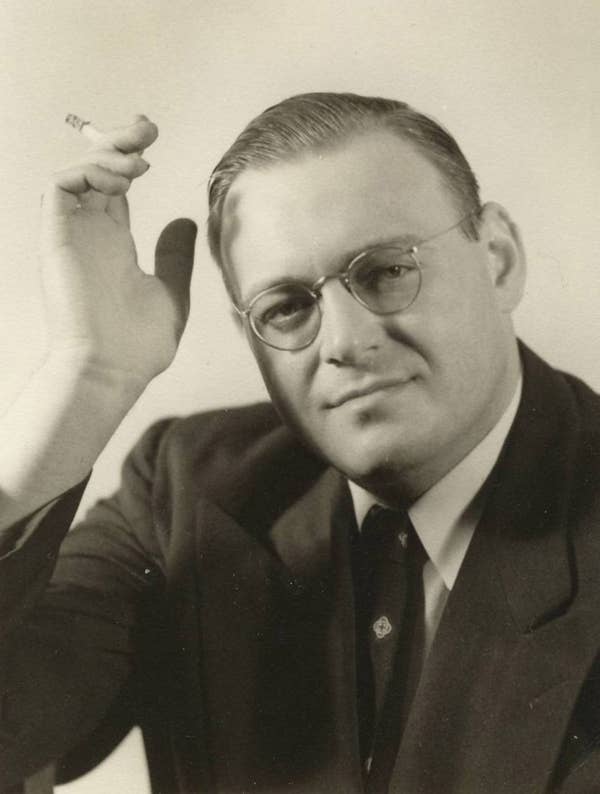
Mrs. Hess donated many unique items to Severance Hall as part of the Hess Collection, including a photographic portrait autographed by Dvořák in 1903, a rare album of 60 large loose-leaf pages published in Prague in 1954 for the 50th anniversary of the composer’s death, postage stamps commemorating the 100th anniversary of the composer’s birthday, a variety of photographs of the Dvořák family, and a pair of Dvořák’s own pince-nez spectacles.

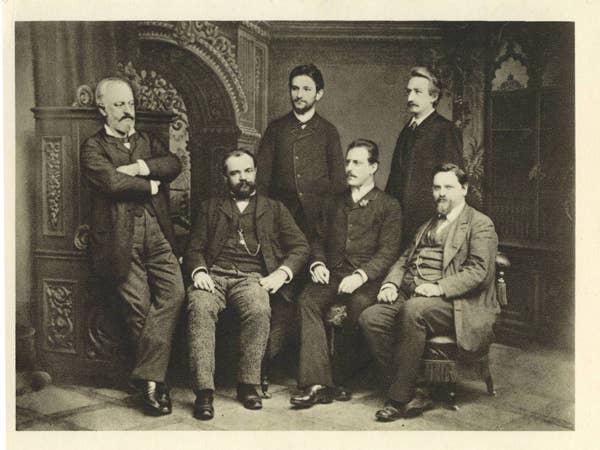
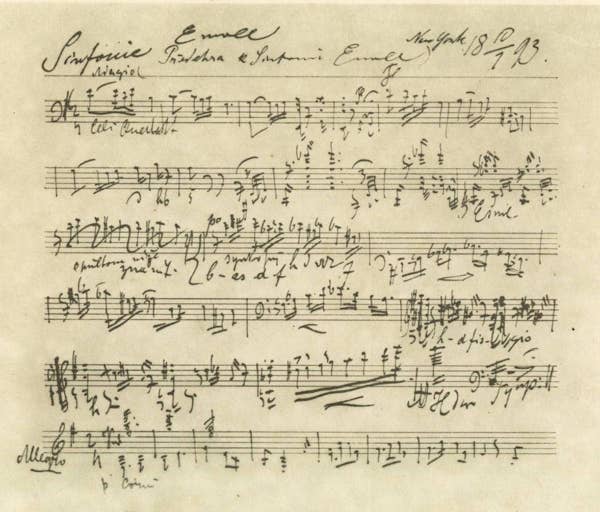

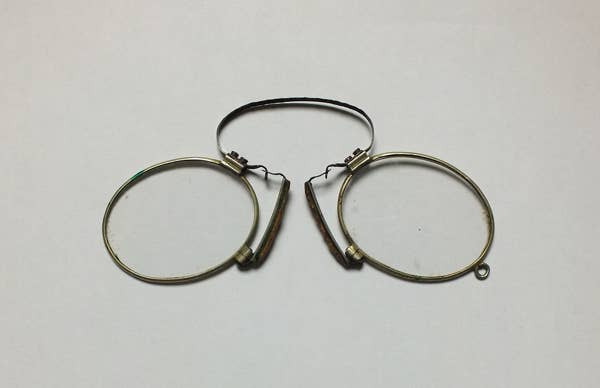
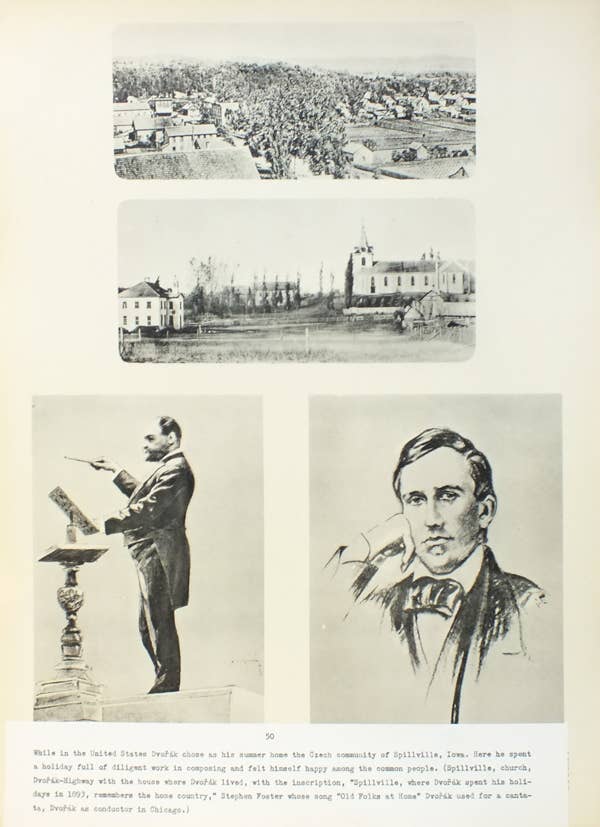

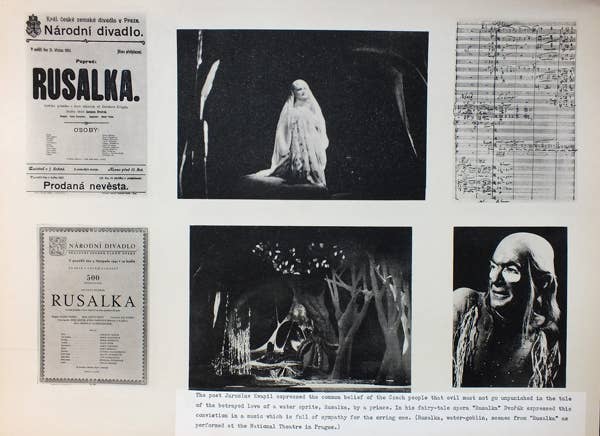

The initial correspondence between a baker and a stamp collector living across the world from each other led to a lasting friendship between families and an immensely meaningful donation to The Cleveland Orchestra. Cleveland may seem an unlikely place to come across items like Dvořák’s pince-nez, but Severance Music Center is always full of surprises.
— Kate Rogers was the 2014–15 season archives research fellow. The fellowship is an opportunity for graduate music students from Case Western Reserve University to work with The Cleveland Orchestra Archives.
All photographs and audio clips courtesy of The Cleveland Orchestra Archives.
Looking for more?
- In this New York Times article, Michael Cooper writes about Dvořák’s decision to come to the United States from 1892-1895.
- Listen to Marin Alsop discuss her thoughts on Dvořák’s Symphony No. 9 (“From the New World”) in this NPR Music story.